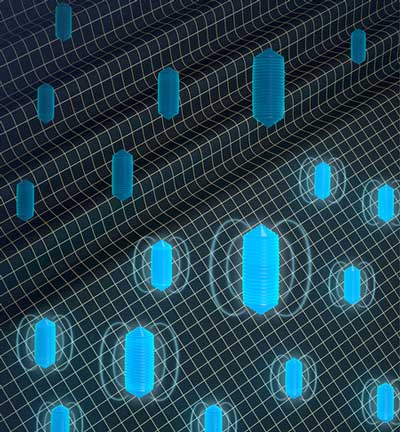
Tuesday, April 24, 2018
Why we need erasable MRI scans
Gas-filled protein structures could one day be used as 'erasable' contrast agents for MRI scans.
Getting electrons to move in a semiconductor
Gallium oxide shows high electron mobility, making it promising for better and cheaper devices.
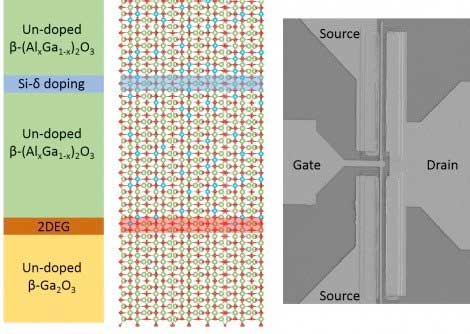
Graphene origami as a mechanically tunable plasmonic structure for infrared detection
Researchers have successfully developed a tunable infrared filter made from graphene, which would allow to change the frequency of a filter simply by controlled mechanical deformation of the filter (i.e., graphene origami), and not by replacing the substance on the goggles used to filter a particular spectrum of colors.
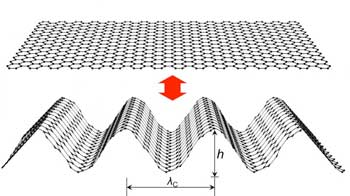
The dispute about the origins of terahertz photoresponse in graphene results in a draw
A new paper not only puts a period to a long-lasting debate about the origins of direct current in graphene illuminated by high-frequency radiation but also sets the stage for the development of high-sensitivity terahertz detectors.

Getting a better look at living cells
Nanoscale-level imaging of living cells has become a reality in the past few years using transmission electron microscopy and sealed sample holders that keep cells alive in a liquid environment. But do the high-resolution images obtained using these tools truly reflect the structures and functions of cells?
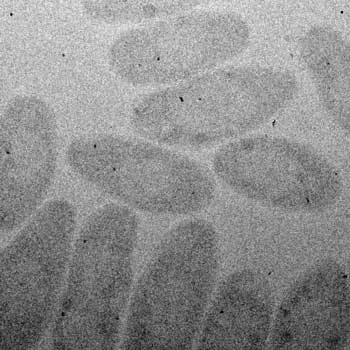
Nanosculpturing process to join metals without welding
Scientists have developed a versatile alternative to conventional welding and gluing processes.
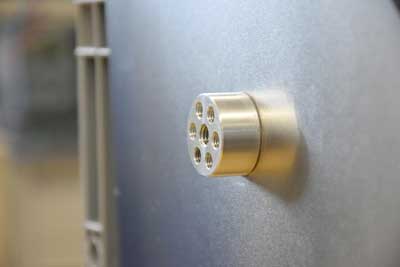
2D sheets of cadmium telluride can spontaneously fold into nanoscrolls
Researchers have discovered that two-dimensional sheets of cadmium telluride can spontaneously fold into nanoscrolls. This effect may be used in electronics and photonics.
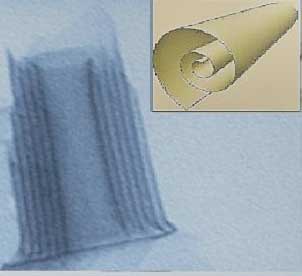
Lighting up DNA-based nanostructures
Scientists describe a mode of super-resolution microscopy that enables all the strands within these nanostructures to be visualized individually.
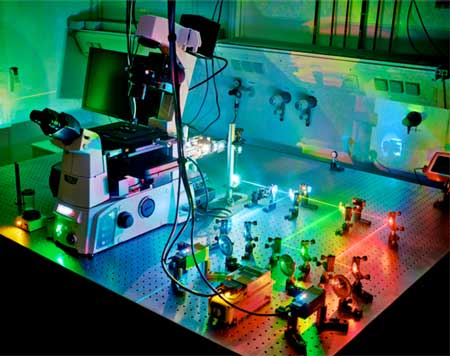
Subscribe to:
Comments (Atom)
